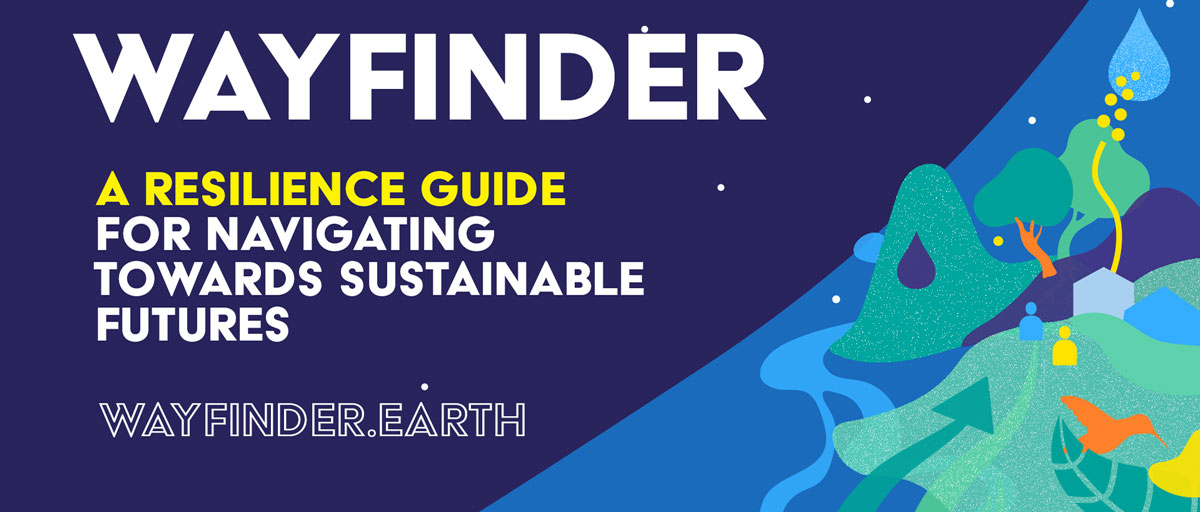RESILIENCE ASSESSMENT TOOLS
Introducing Wayfinder

Illustration: E. Wikander/Azote
Centre researcher Elin Enfors-Kautsky gives an extensive introduction to Wayfinder
Centre launches new online platform for resilience assessments, representing a major innovation in resilience practice
- Wayfinder is a free and open online platform primarily designed for development practitioners, planners, policy makers who are working with sustainable development challenges, but the approach can also be tailored to a wide range of projects and contexts
- It brings together ideas from complexity science and social-ecological systems thinking
- Wayfinder is a collaborative process that consists of 5 phases divided into 15 modules, within which there are 40 work cards, which details specific tasks and analyses.
Centre researcher Elin Enfors-Kautsky, together with Linn Järnberg, Allyson Quinlan (Resilience Alliance) and Paul Ryan, director of the Australian Resilience Centre, have developed a new, hands-on tool for resilience assessments.
The new platform, called Wayfinder, brings together ideas from complexity science and social-ecological systems thinking. While it has its roots in previous resilience assessment approaches, it represents a major innovation in resilience practice.
Wayfinder is a free and open online platform primarily designed for development practitioners, planners, policy makers who are working with sustainable development challenges, but the approach can also be tailored to a wide range of projects and contexts. The platform was developed under the Sida funded centre programme on Guidance for Resilience in the Anthropocene: Investments for Development (GRAID).
Wayfinder is unique in three important ways:
1. The framing is new. Wayfinder specifically sets out to address the challenges of sustainable development in the Anthropocene. It has a clear goal and vision for how to get there: through biosphere-based approaches that foster a sense of stewardship for Planet Earth and of reciprocity between people near and far.
2. Wayfinder goes beyond resilience assessment and planning. Through a consistent focus on process design, reflexivity, and strategies for developing individual capacity, Wayfinder emphasizes action.
3. Wayfinder synthesizes the frontiers in resilience and sustainability science, integrating the key scientific advancements of the past decade.
How does it work?
Wayfinder is a collaborative process that consists of five phases divided into 15 modules, within which there are 40 work cards, which details specific tasks and analyses.
Each phase has a different theme. Starting by building a coalition for change that can lead the process forward, the user moves on to create a shared understanding of the identity of their social-ecological system, explore system dynamics, develop strategies for change, and implement these through a learning-by-doing approach that will enable them to collectively learn their way forward towards a more sustainable future.
Wayfinder is not a purely technical exercise, but the purpose is to develop sufficient collective understanding and insight into complex system dynamics to allow stakeholders at multiple levels to ‘learn’ their way towards a more sustainable future together. The process therefore encourages users to balance between, on the one hand, a fair and legitimate process for decision making and knowledge generation, and on the other hand, an in-depth, systemic analysis of complex dynamics in the Anthropocene.
.png)
The five Wayfinder phases and the iterative process of working through them. Illustration: E. Wikander/Azote.
Elin Enfors-Kautsky's research interest concerns pathways to transformative change, focusing on the role of innovation for supporting multi-functional landscapes and human wellbeing in concert.






